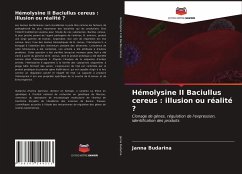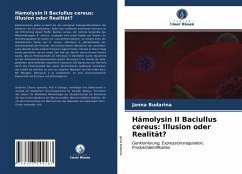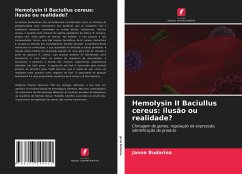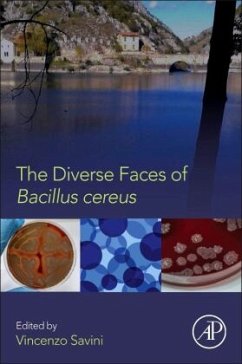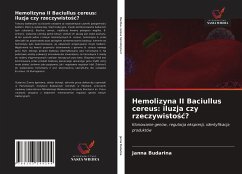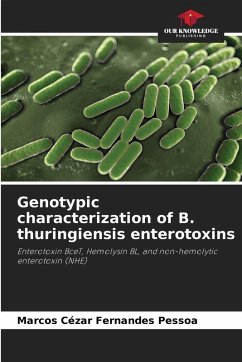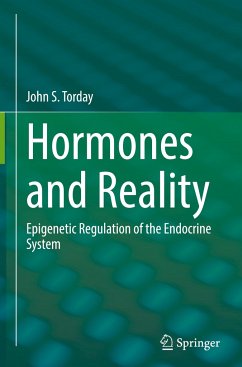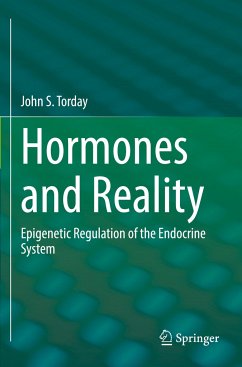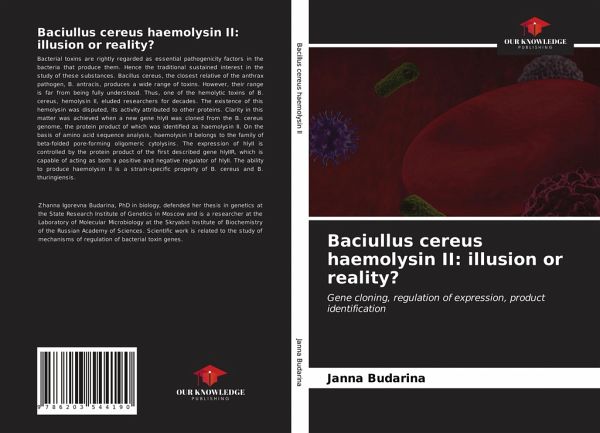
Baciullus cereus haemolysin II: illusion or reality?
Gene cloning, regulation of expression, product identification
Versandkostenfrei!
Versandfertig in 6-10 Tagen
39,99 €
inkl. MwSt.

PAYBACK Punkte
20 °P sammeln!
Bacterial toxins are rightly regarded as essential pathogenicity factors in the bacteria that produce them. Hence the traditional sustained interest in the study of these substances. Bacillus cereus, the closest relative of the anthrax pathogen, B. antracis, produces a wide range of toxins. However, their range is far from being fully understood. Thus, one of the hemolytic toxins of B. cereus, hemolysin II, eluded researchers for decades. The existence of this hemolysin was disputed, its activity attributed to other proteins. Clarity in this matter was achieved when a new gene hlyII was cloned...
Bacterial toxins are rightly regarded as essential pathogenicity factors in the bacteria that produce them. Hence the traditional sustained interest in the study of these substances. Bacillus cereus, the closest relative of the anthrax pathogen, B. antracis, produces a wide range of toxins. However, their range is far from being fully understood. Thus, one of the hemolytic toxins of B. cereus, hemolysin II, eluded researchers for decades. The existence of this hemolysin was disputed, its activity attributed to other proteins. Clarity in this matter was achieved when a new gene hlyII was cloned from the B. cereus genome, the protein product of which was identified as haemolysin II. On the basis of amino acid sequence analysis, haemolysin II belongs to the family of beta-folded pore-forming oligomeric cytolysins. The expression of hlyII is controlled by the protein product of the first described gene hlyIIR, which is capable of acting as both a positive and negative regulator of hlyII. The ability to produce haemolysin II is a strain-specific property of B. cereus and B. thuringiensis.



